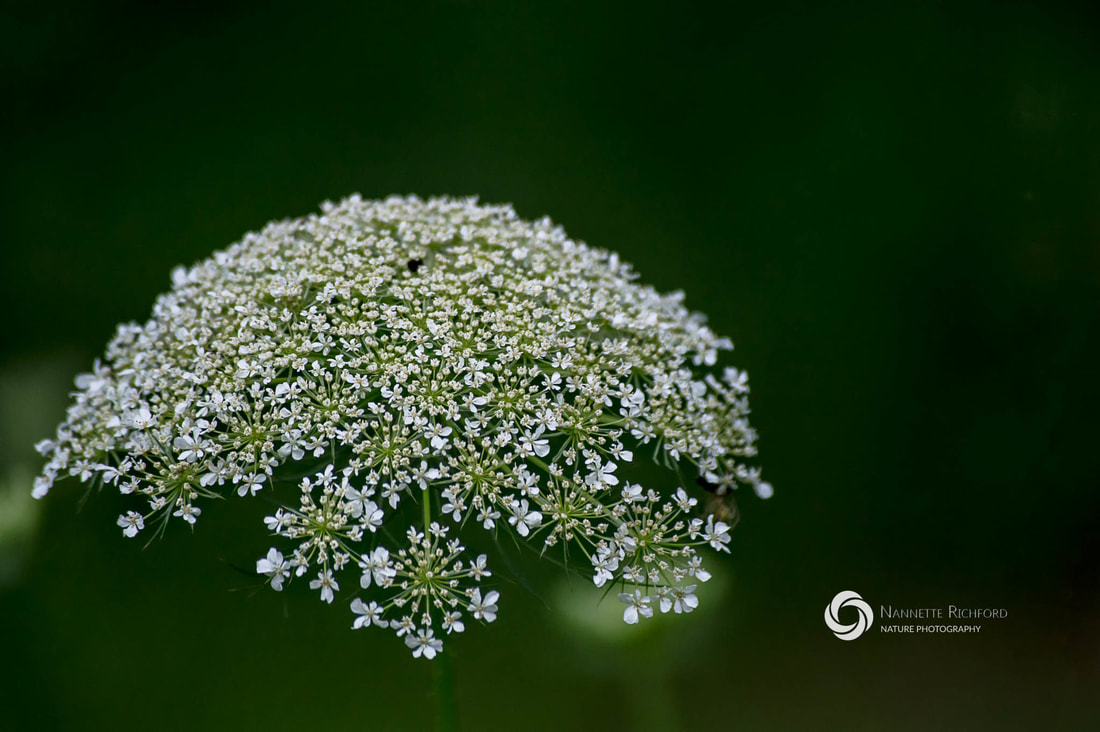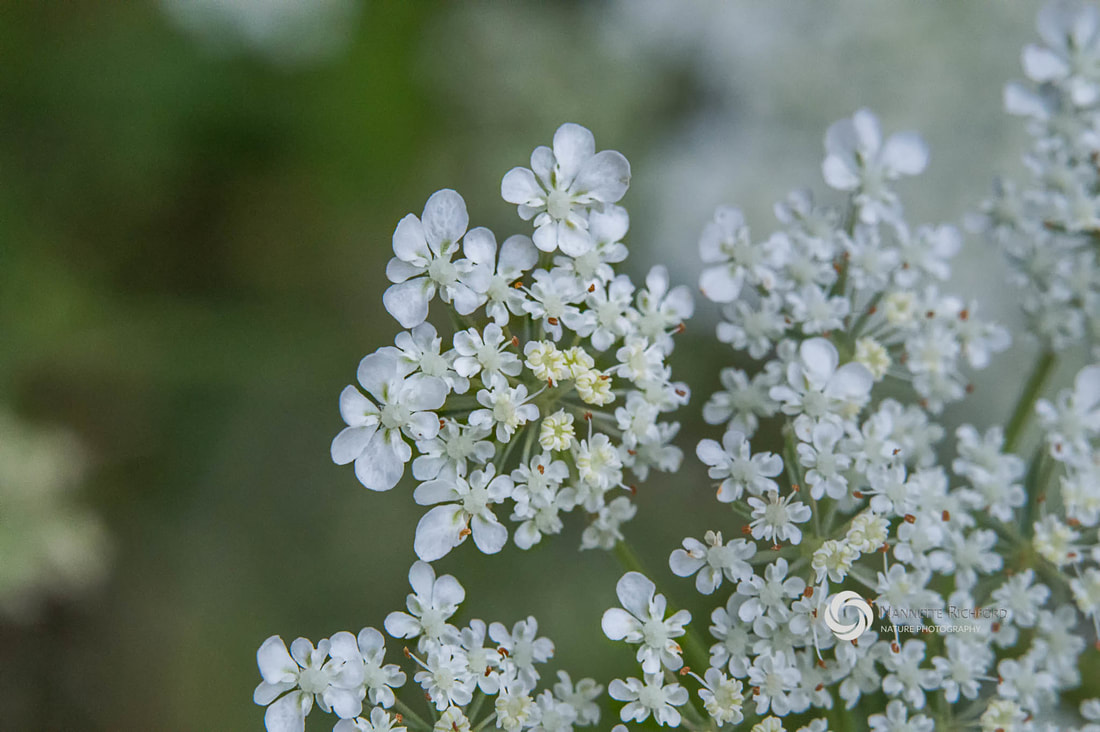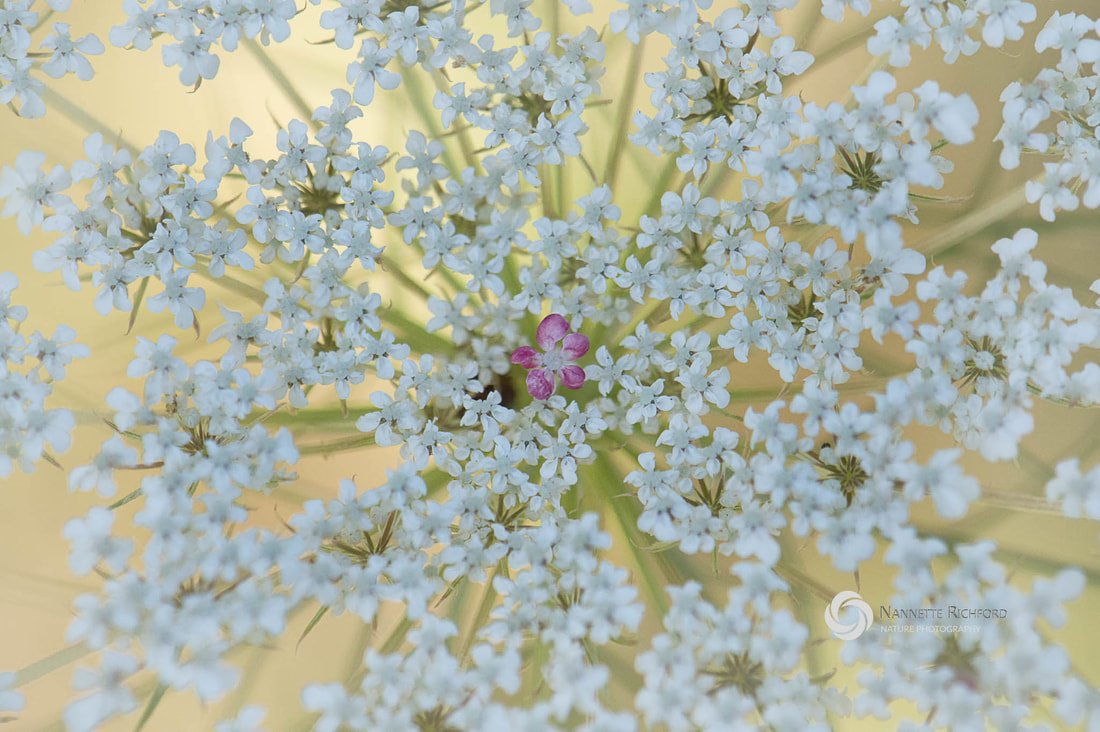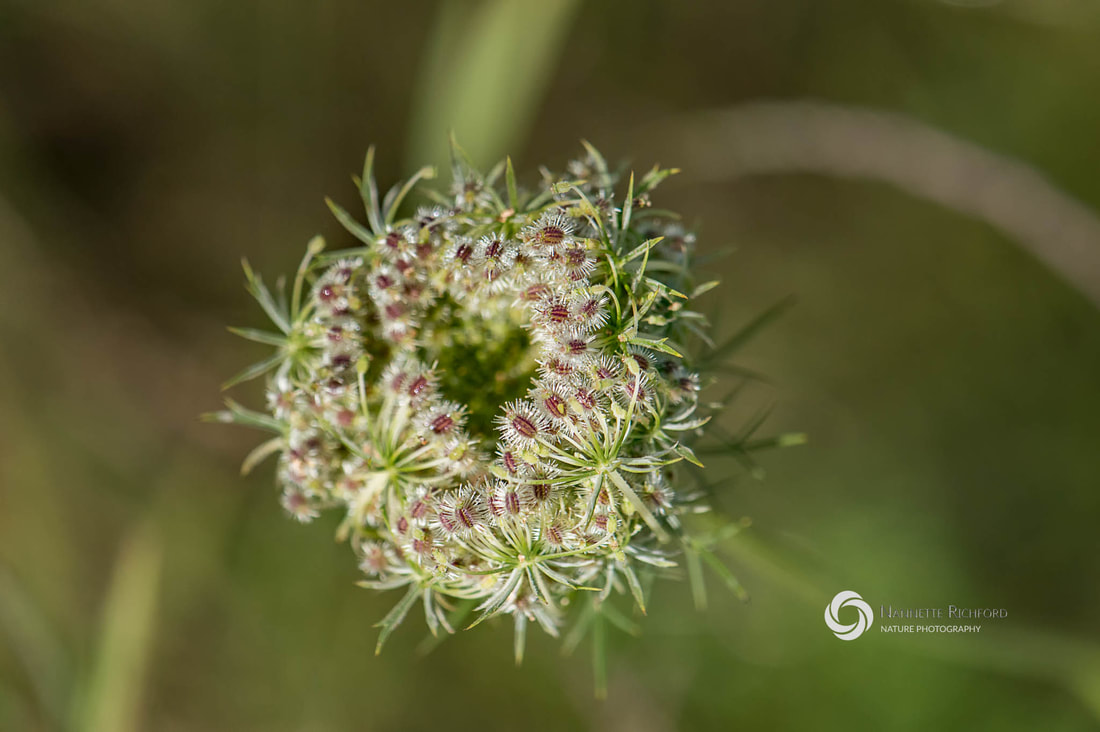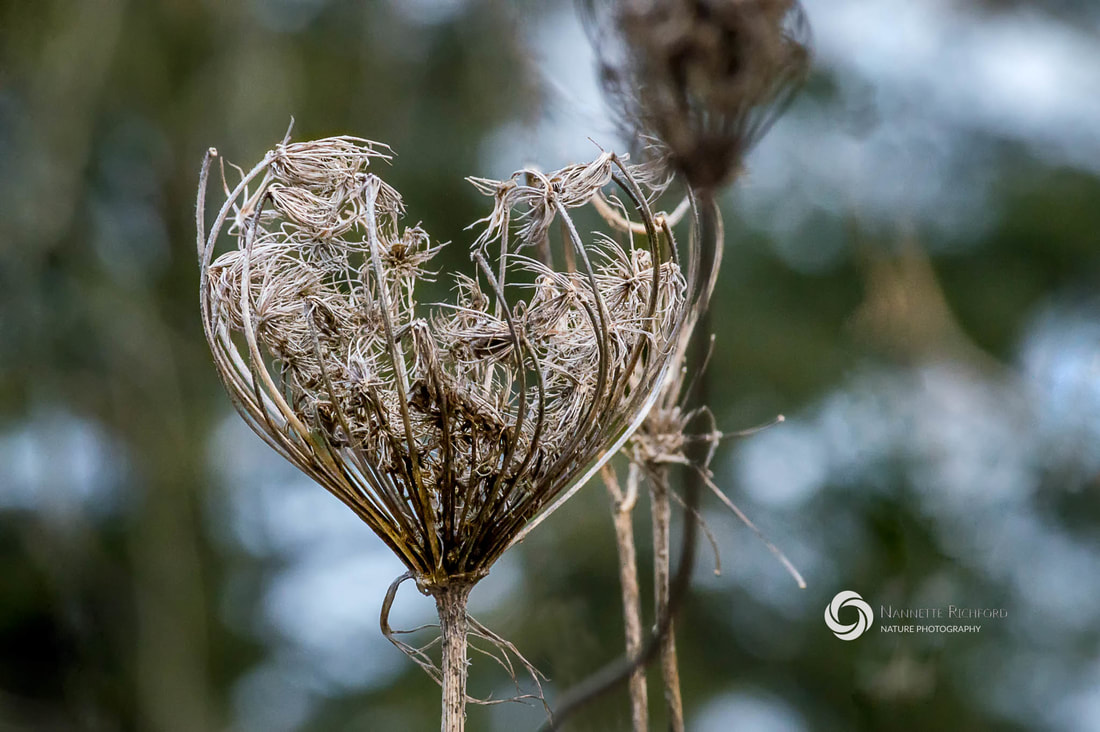- Home
- Garden Thyme Blog
- Themes
- Flowers
-
Veggies
-
Warm Season Vegetables
>
- About Beans >
- About Corn >
- Cucumbers >
- Melons
- Peppers >
- Squash >
-
Tomatoes
>
- How to Harden Off Tomato Plants
- How (and when) to Prune Tomatoes
- Magnesium Sulfate (Epsom Salt) for Tomatoes
- Blossom End Rot in Tomatoes
- Growing Cherry Tomatoes in Hanging Baskets
- 4 Best Tomatoes for Short Seasons - Early Tomatoes
- 5 Early Maturing Tomatoes for Short Season Gardening
- How to Ripen Green Tomatoes
- How to Make Sun-Dried Tomatoes at Home
- How to Grow a Pomato Plant
-
Cool Season Vegetables
>
-
Warm Season Vegetables
>
- Herbs
- Gardening Basics
- Garden Pests
- Birds
- Fiddleheads and Fairies
- About Us
- Contact Us
- How to Marinate Roasted Vegetables
|
Queen Anne's Lace (Daucas carota) grows wild throughout Maine and many parts of the world. It can be found along roadsides, in open fields and along the edges of wooded areas. Also known as wild carrot and the bird's nest flower, these showy flowers are often used as cut flowers, especially in combination with Black-Eyed Susan flowers. At first glance the flower head appears to be one large flower, but this really isn't the case. Unique Flower Head Can Be DeceivingThe flower head of Queen Anne's Lace is made up of clusters of tiny white or ivory flowers on short stems (called umbels) that splay outward like an inverted umbrella. The clusters of flowers give the illusion of white lace giving this flower part of its common name. Legend of Queen Anne's LaceAccording to Legend, the flower earned it's name when Queen Anne (wife of King James I) was challenged to make lace as beautiful as a flower. While making the lace, Queen Anne pricked her finger and a drop of her blood created the red flower in the center of Queen Anne's lace. While it is a fanciful tale, some claim the name Queen Anne belonged to another that gave this flower its name. According to this legend, Queen Anne refers to St. Anne (the mother of Mary) the Patron Saint of lacemakers. Either way, botanists do not know the purpose of the dark flower in the center of the flower head. It can range from rosy-pink to dark red or purple. It is theorized that the dark flower serves as a mimic of an insect and encourages wasps and larger insects to visit the flower for a tasty meal, which in turn helps with pollination. Seeds Trigger Flower Head to CurlAfter the tiny flowers are pollinated and the seeds have formed the umbels curl inward giving the flower the appearance of a cup or nest. Dried Flower Heads Look Like Bird's NestsAs the seeds dry they turn brown creating the illusion of a bird's nest atop a tall slender stalk. Seeds are dispersed by wind or by catching a ride in the fur of animals. Once the seeds have dispersed the remaining stems often take on a heart-shaped appearance.
0 Comments
Leave a Reply. |
For more nature photography, check out my photography site.
|
Copyright © 2014 Nannette Richford
- Home
- Garden Thyme Blog
- Themes
- Flowers
-
Veggies
-
Warm Season Vegetables
>
- About Beans >
- About Corn >
- Cucumbers >
- Melons
- Peppers >
- Squash >
-
Tomatoes
>
- How to Harden Off Tomato Plants
- How (and when) to Prune Tomatoes
- Magnesium Sulfate (Epsom Salt) for Tomatoes
- Blossom End Rot in Tomatoes
- Growing Cherry Tomatoes in Hanging Baskets
- 4 Best Tomatoes for Short Seasons - Early Tomatoes
- 5 Early Maturing Tomatoes for Short Season Gardening
- How to Ripen Green Tomatoes
- How to Make Sun-Dried Tomatoes at Home
- How to Grow a Pomato Plant
-
Cool Season Vegetables
>
-
Warm Season Vegetables
>
- Herbs
- Gardening Basics
- Garden Pests
- Birds
- Fiddleheads and Fairies
- About Us
- Contact Us
- How to Marinate Roasted Vegetables
